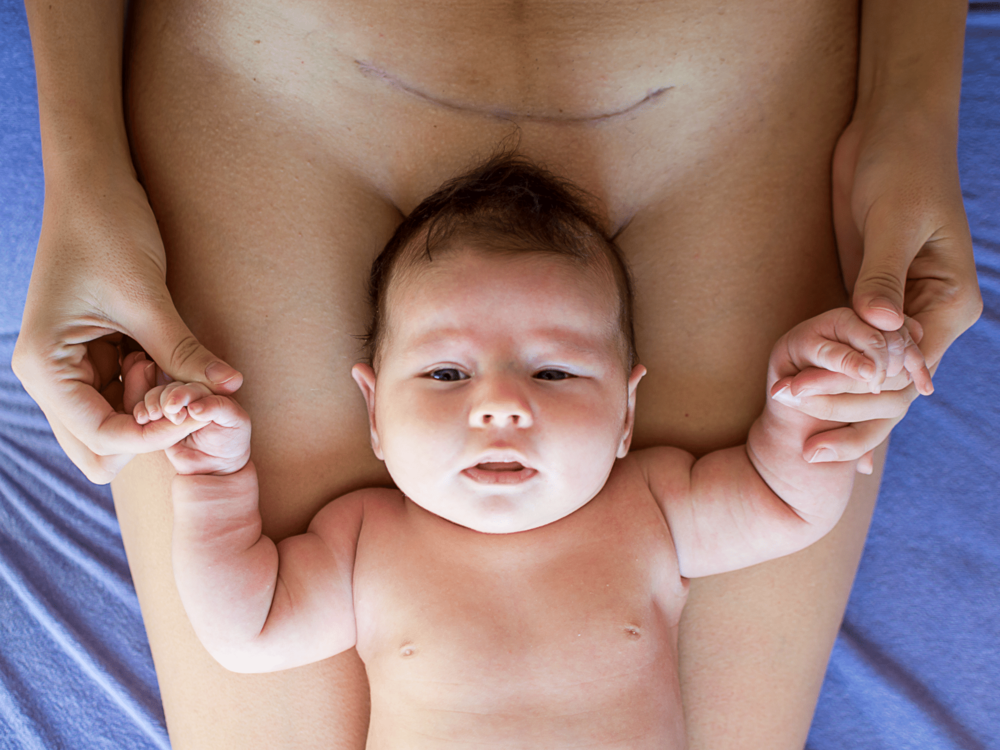
So you’ve had a cesarean birth!
Congrats, pal. You’re in great company. About 25-30% of Canadian and American birthing parents deliver by c-section, or cesarean birth.
Whether planned or emergency, a c-section is major surgery that requires follow-up care and may change the way you return to daily life and exercise.
But first…
What actually happens during a c-section?
In a c-section, the skin, fatty layer and fascia of the lower abdomen are slit horizontally in order to access the uterus. Then baby is pulled out, head-first. It’s a very common procedure that usually takes less than an hour!
After your little one is delivered, the doctor stitches the top layers together, leaving the fascia under your skin to eventually close on its own. This fascia can create scar tissue as it heals that will soften over time and be less noticeable on the outside but might never disappear entirely.
A Pelvic Health Physiotherapist can give you massage and stretch tips to improve the healing of your incision scar. (More on that below!)
This handy little 2-minute video walks you through the preparation and procedure of a standard Cesaran delivery.
How to stay comfortable after your c-section
Prepare your recovery space. Gather items you’ll need during long snuggling and feeding sessions and have them all within reach to reduce the desire to get up and down. Think about gathering diapering supplies, snacks, water, a breastfeeding pillow, and even your phone or tablet.
Ask for help so you can rest. Ask your partner or line up friends and family to bring hot meals, keep up with dishes and laundry, and take the baby for segments of time so you can rest. Healing requires food, water and plenty of rest. Sleep as often as possible.
Avoid strain. Use breastfeeding pillows and sleeping pillows to help prop yourself in comfortable positions during the day and at night. Hold a pillow over your incision when coughing or taking deep breaths. A pregnancy/postpartum support band can also provide some gentle compression to help minimize pain.
Move in pain-free ways. After a couple of days you should be able to stand without pain. Driving, lifting and deep bends are still out of the question. You can’t react quickly, engage your core or strain without risking the integrity of your healing. Be patient. Walking can encourage circulation to reduce swelling. Around the house counts!
Watch for signs of infection. The primary complication after a cesarean delivery is infection of the incision. If you’re experiencing fever or if your incision is red, swollen, or leaking discharge, you should be in touch with your medical provider. Also keep an eye out for extra-large blood clots (larger than an egg) and bleeding that soaks through more than one pad an hour.
♥︎ A quick note. Pregnant people who undergo an unplanned C-section are 15% more likely to experience postpartum depression. If your mental health is preventing you from taking care of yourself or your little one or if you’re having thoughts of harm, please tell a friend or family member and reach out to a mental health professional. This is an acceptable reason to call 911.
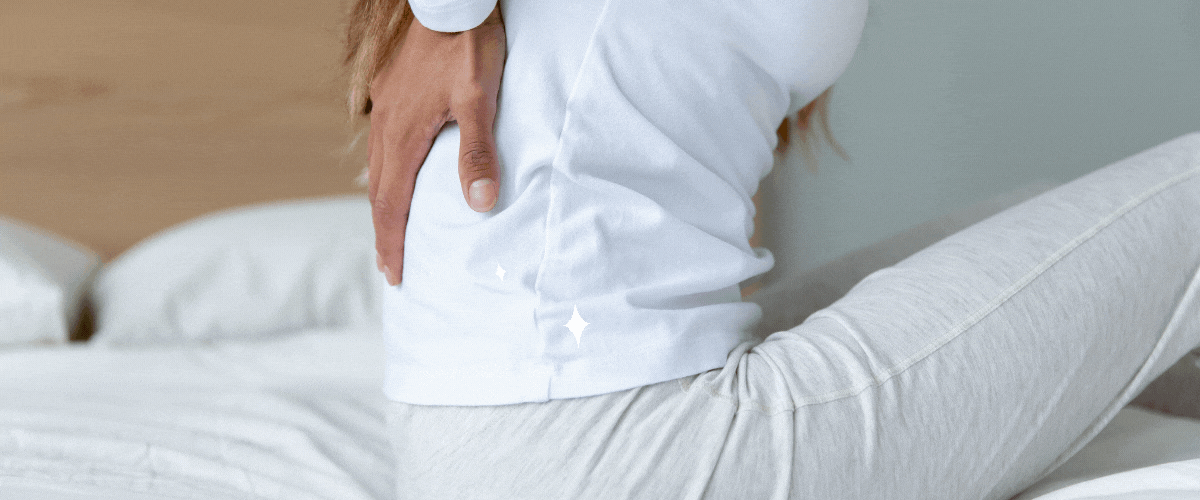
Could your aches and pains be S.O.S messages from your core + pelvic floor?
FREE CHECKLIST: Get instant access and check yourself for these 9 surprising core symptoms
When can you bend and lift after a c-section?
> For the first few days after your delivery, expect to stay as still as possible. You’ll spend some time recovering in hospital, then see the above tips for keeping pain to a minimum and healing on track.
> Rely on your partner, your friends, your family and your older children to help you reduce movement and strain. A cesarean incision is a major surgery.
> Pain medication is recommended to help you move as comfortably as possible, since movement will help with digestion and circulation to keep you well and healing. Don’t feel shame or try to “tough it out” – managing pain means you can heal and parent to your best ability in these early days.
> Give yourself extra time to do everyday tasks. Plan no events, cleaning, outings or other strenuous activities, and expect to need longer for daily tasks, and get through far less in a day than you would nrormally.

Since lifting, stretching and bending are harmful to your incision, here are a few hacks to help you manage when you’re on your own.
-
use a grabber – or an older child – to pick up fallen items
-
ask older kids to climb up on chairs or stools to reach them, instead of bending over them
-
gather items at once and bring them to your breastfeeding area, bed or sofa so you don’t need to get up and down repeatedly
-
use your arms to push yourself forward and back when getting into and out of a chair or sofa, instead of reclining or performing a sit-up motion, and use pillows to prop your hips and back up
-
practice rolling onto your side before pushing yourself up to seated when getting out of bed, and avoid doing a sit-up or reverse sit-up motion which will compress the abdomen
Lifting more than your baby, stretching, straining and deep bending are not recommended until about 4-6 weeks post-delivery OR until you are able to do these movements with no pain or strain and your incision feels like it has healed.
This does NOT mean that 4-6 weeks post-cesarean is the right time to begin doing pushups and start training for that 5K.
This is a perfect time to book an assessment with a Pelvic Health Physiotherapist who can help you to assess how well your deep core muscles have healed since pregnancy and provide you with exercises and stretches to further heal the cesarean scar and reduce the likelihood of pelvic floor symptoms.
Which exercises should you do after a c-section?
Focus on short bouts of walking, household tasks that don’t cause pain and beginning to engage your core and pelvic floor muscles. Learning to engage your core muscles during everyday tasks can help you reduce strain on both your pelvic floor and your cesarean site so you can get back to your normal routine more safely.
After you’ve been cleared by your doctor to resume normal activity you can begin with bodyweight exercise and household tasks you’ve been avoiding to this point.
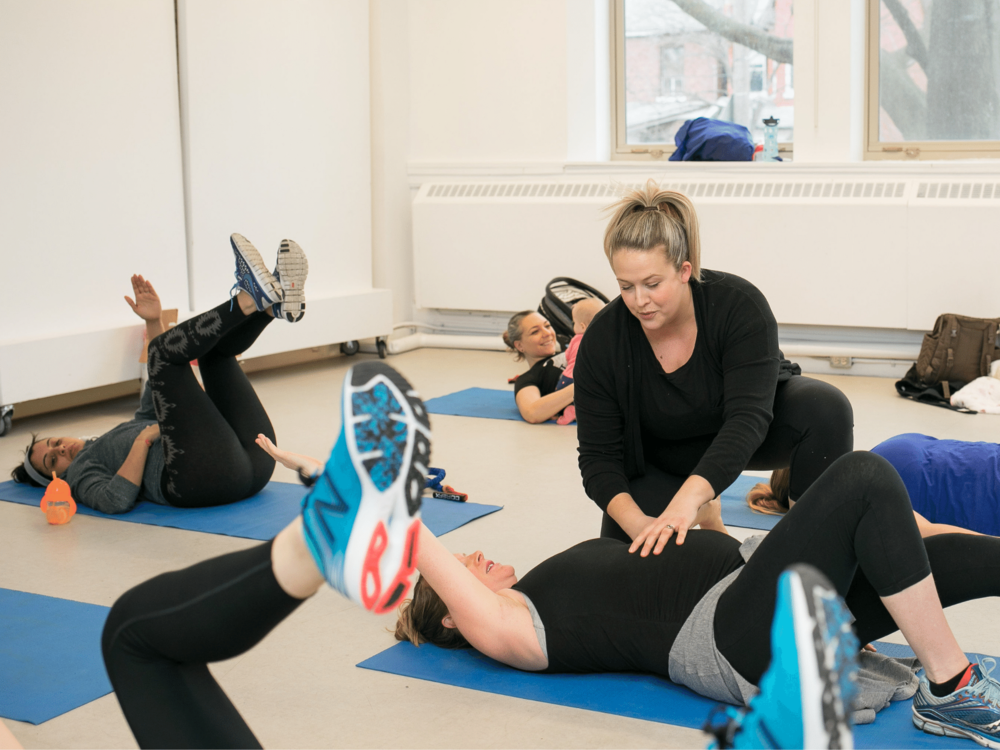
The most important aspect of exercise after c-section is not how much you can lift or how quickly you can move, but how well you feel, how you can understand and engage your core and pelvic floor, and that you are not experiencing pain during movement.
💨 This breathing video will help you connect to your core & pelvic floor muscles gently while opening up tight breathing muscles. Try using it once per day to build the mind-body connection for your deep core.
⚡️These exercises will help you strengthen your muscles without putting undue strain on the cesarean site or pelvic floor muscles in the early days of postpartum.
pin it to share
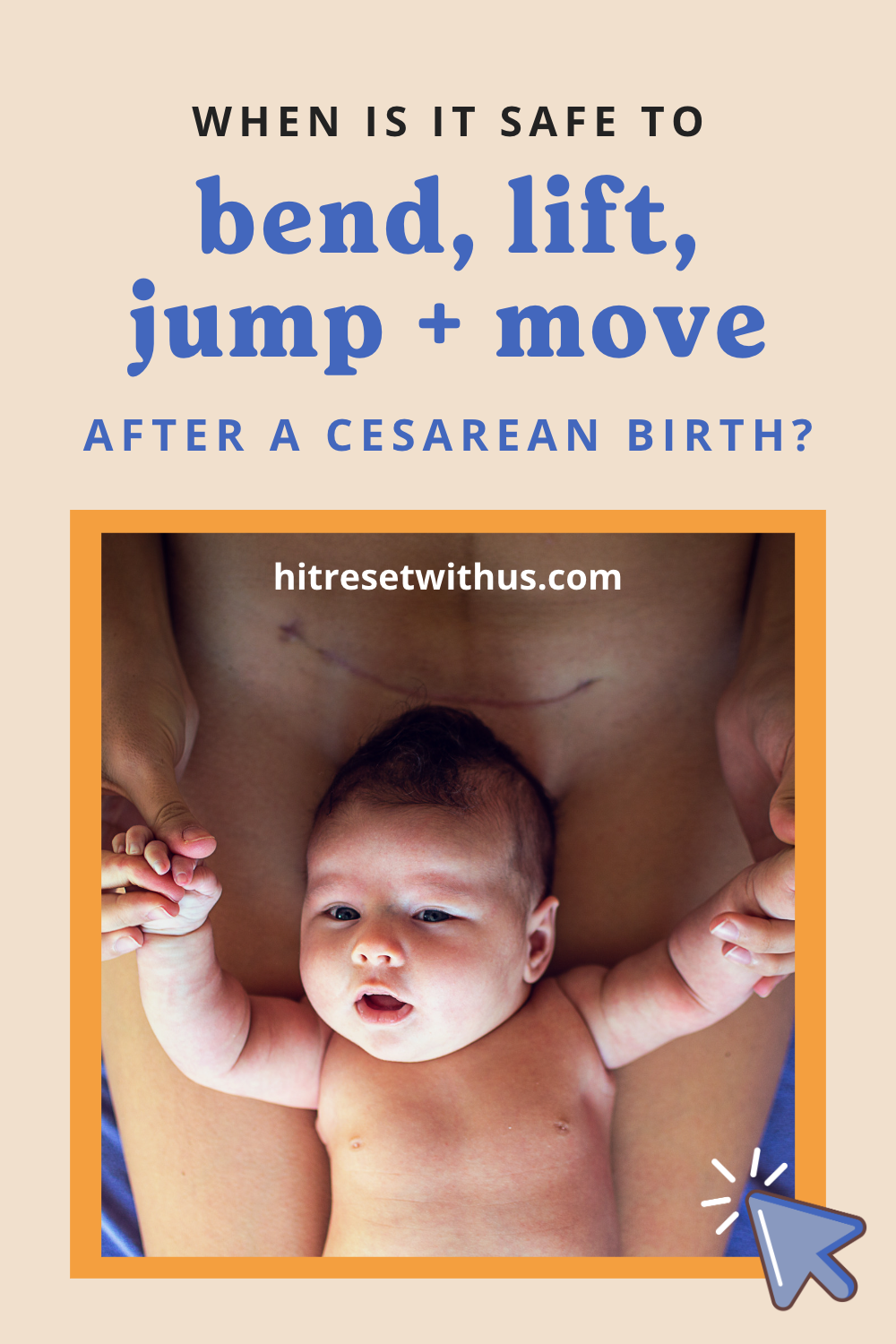
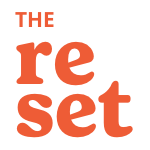
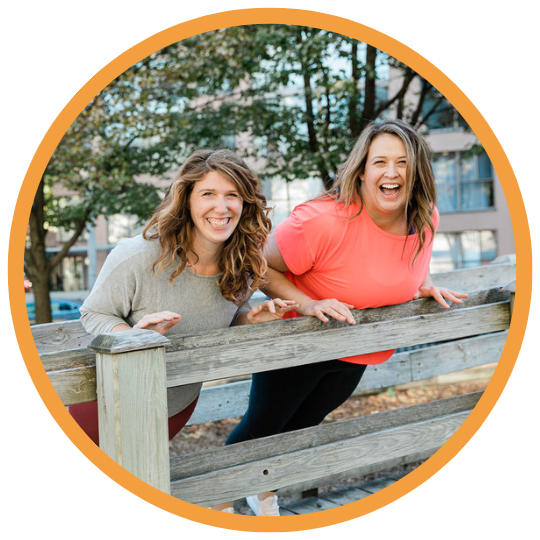
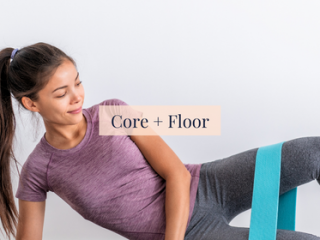
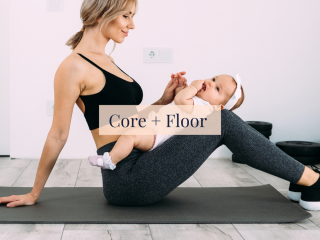





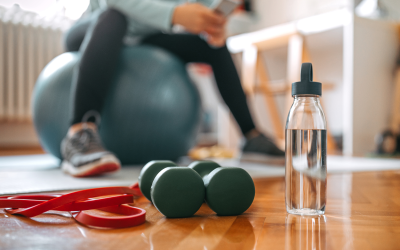

0 Comments